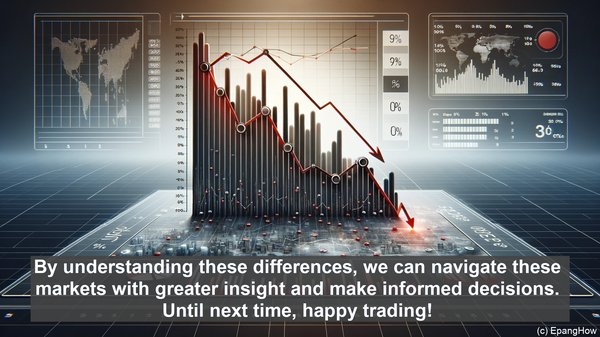Introduction: Two Pillars of Global Trading
Greetings, fellow enthusiasts! Today, we embark on an exploration of two fundamental pillars of the financial world: the foreign exchange market and the stock market. While both are integral to the global economy, they possess distinct characteristics that set them apart.

Functionality: Trading Currencies vs. Securities
At its core, the foreign exchange market facilitates the buying and selling of currencies. It serves as a platform for individuals, corporations, and governments to exchange one currency for another. Conversely, the stock market is primarily concerned with the trading of securities, such as stocks and bonds, which represent ownership in a company.
Trading Mechanisms: OTC vs. Exchange-Based
The foreign exchange market operates in an over-the-counter (OTC) fashion, meaning that trades occur directly between two parties. This decentralized structure grants it high liquidity and allows for continuous trading. On the other hand, the stock market typically operates through centralized exchanges, where buyers and sellers place orders that are matched by the exchange’s systems.
Market Size: Vastness and Volatility
When it comes to sheer size, the foreign exchange market reigns supreme. With a daily trading volume exceeding trillions of dollars, it dwarfs the stock market. This immense liquidity can lead to rapid price movements, making it an enticing yet volatile arena for traders. While the stock market may not match the foreign exchange market’s scale, it still boasts substantial trading activity, influenced by factors such as company performance and economic indicators.
Influencing Factors: Macroeconomics vs. Microeconomics
The foreign exchange market is heavily influenced by macroeconomic factors, including interest rates, inflation, and geopolitical events. These broad-scale dynamics can shape the value of currencies on a global level. In contrast, the stock market is often driven by microeconomic factors, such as a company’s financial performance, industry trends, and even investor sentiment.

